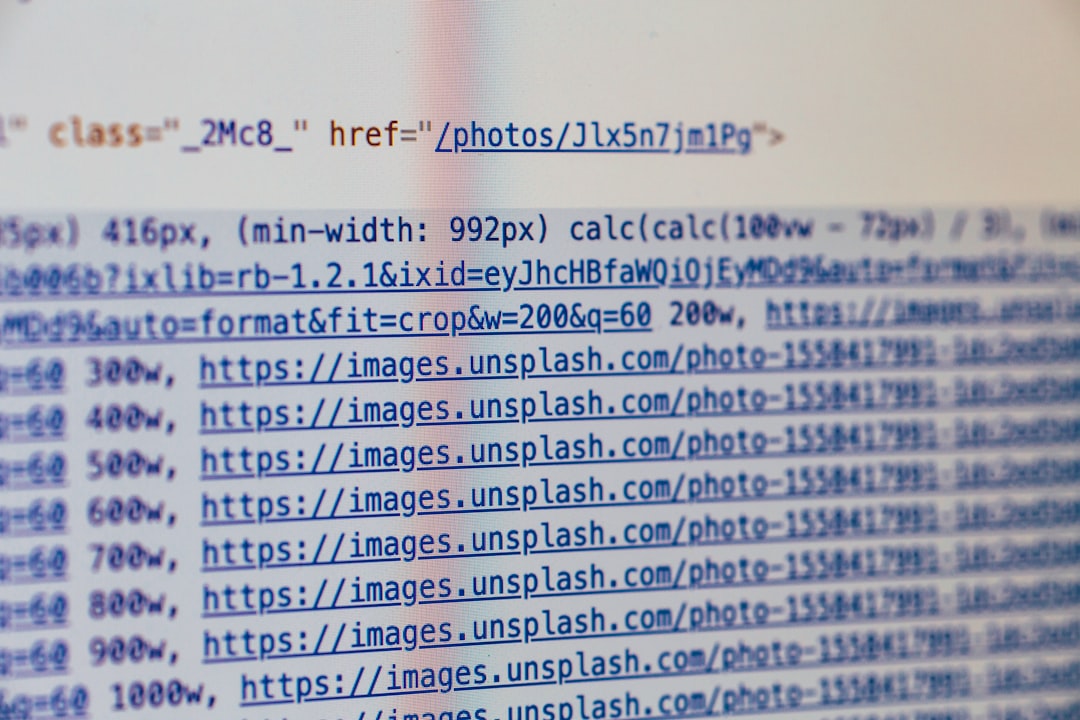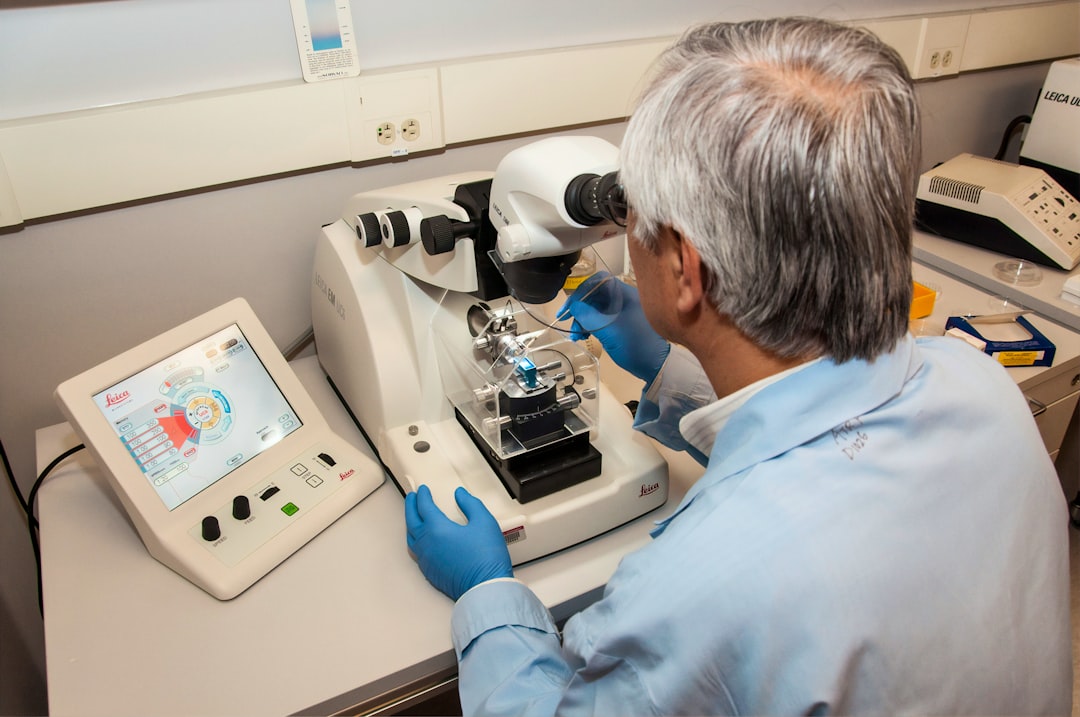
The COVID-19 disaster has revealed the extent of Indonesia’s capacity to deal with a pandemic. This study analyzes, at a greater depth, the situation of those deprived members of the population who live with multidimensional poverty and the risk of COVID-19 infection. The indicators for the deprivation of drinking water, cooking fuel and toddler nutrition contained in the Indonesian Multidimensional Poverty Index indicator are fatal risk factors affected by COVID-19. This study contributes to strategic policy recommendations, both in its focus and locus, to improve community resilience in facing the current and future pandemic. It is estimated that 176.04 million out of 264 million people or 66.62 percent of the Indonesian population are at risk of being infected with COVID-19. Of the 176 million people in the at-risk groups, at least 21.43 million people or 8.11 percent fall into the category of the multidimensionally poor. We estimate the multidimensional poor population in Indonesia to be 21.58 million people. This shows that most of the multidimensional poor population in Indonesia is vulnerable to COVID-19 infection. On the other hand, there are about 1.27 million multidimensionally poor individuals who are at high risk of being infected with COVID-19. Regionally, the number of people who are more vulnerable to COVID-19 infection tends to be concentrated in Java. Based on geographic characteristics, as many as 93.34 million people or 66.78 percent who live in urban areas are at risk. We also find a strong positive correlation between the number of people at risk and the number of multidimensional poor people in each province in Indonesia. We also conduct simulations using the susceptible, exposed, infectious, and recovered (SEIR) model to estimate the number of people affected in each risk group, based on whether there are social restriction policies or not. We use several simulation scenarios to estimate the impact of the COVID-19 pandemic in a more diverse approach. Our finding shows that effective social restriction policies can significantly reduce the number of people affected by COVID-19. In simulations of the multidimensional poor and at-risk group, if there is no social restriction policy, the number of people in the group who can be infected with COVID-19 reaches1.13 million people, within six months. However, if there is a social restriction policy, the number of people infected in this group can be reduced to 27,348 using a not very effective policy and can be suppressed to reach 830 people with a very effective policy.



